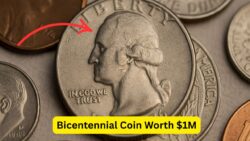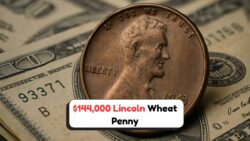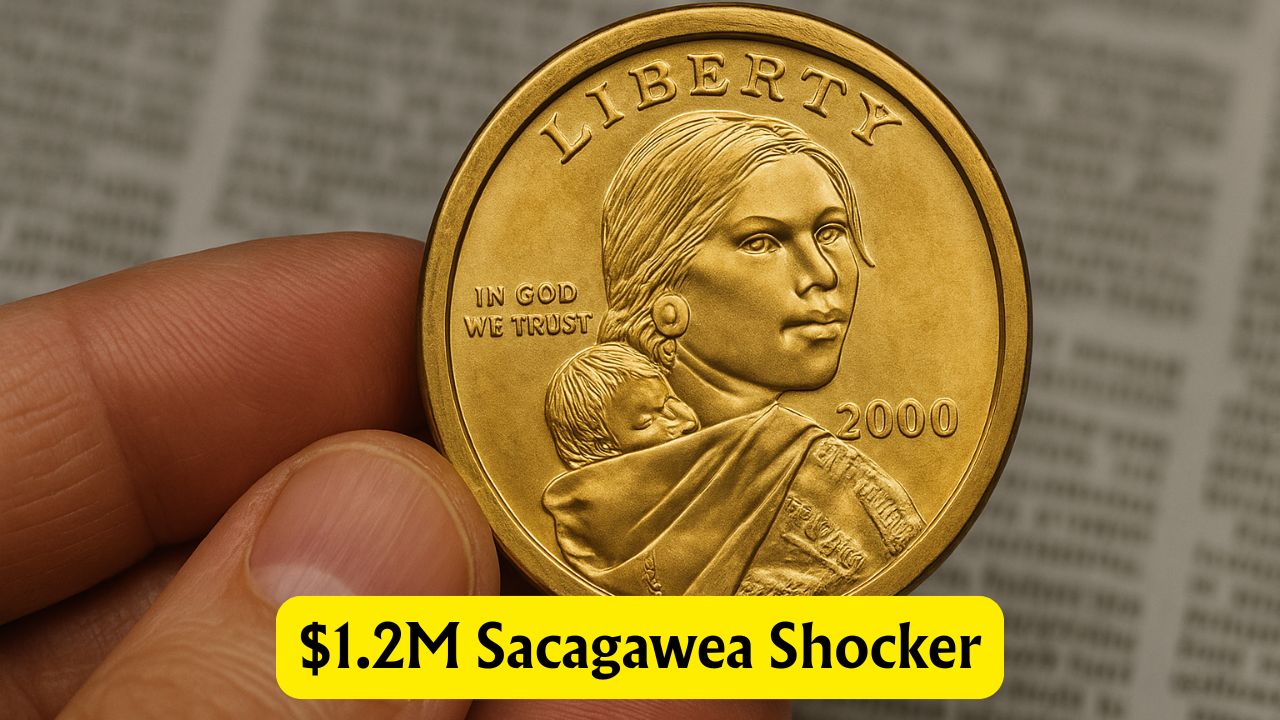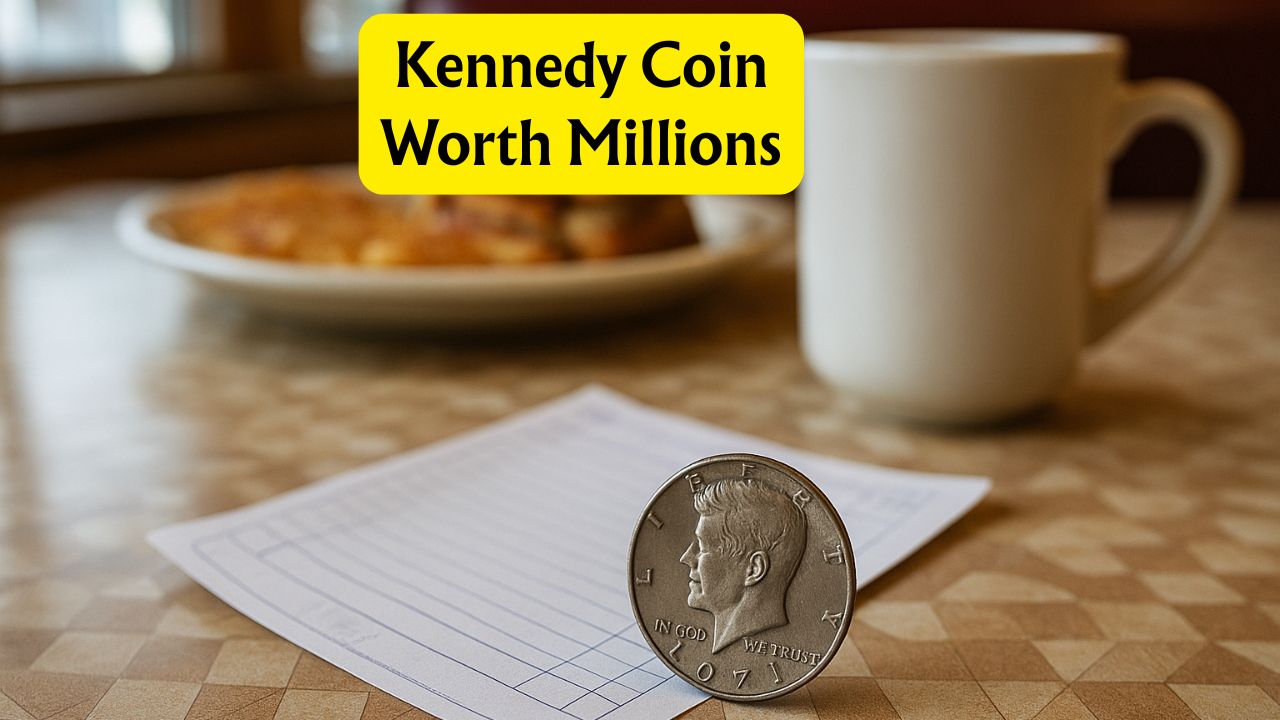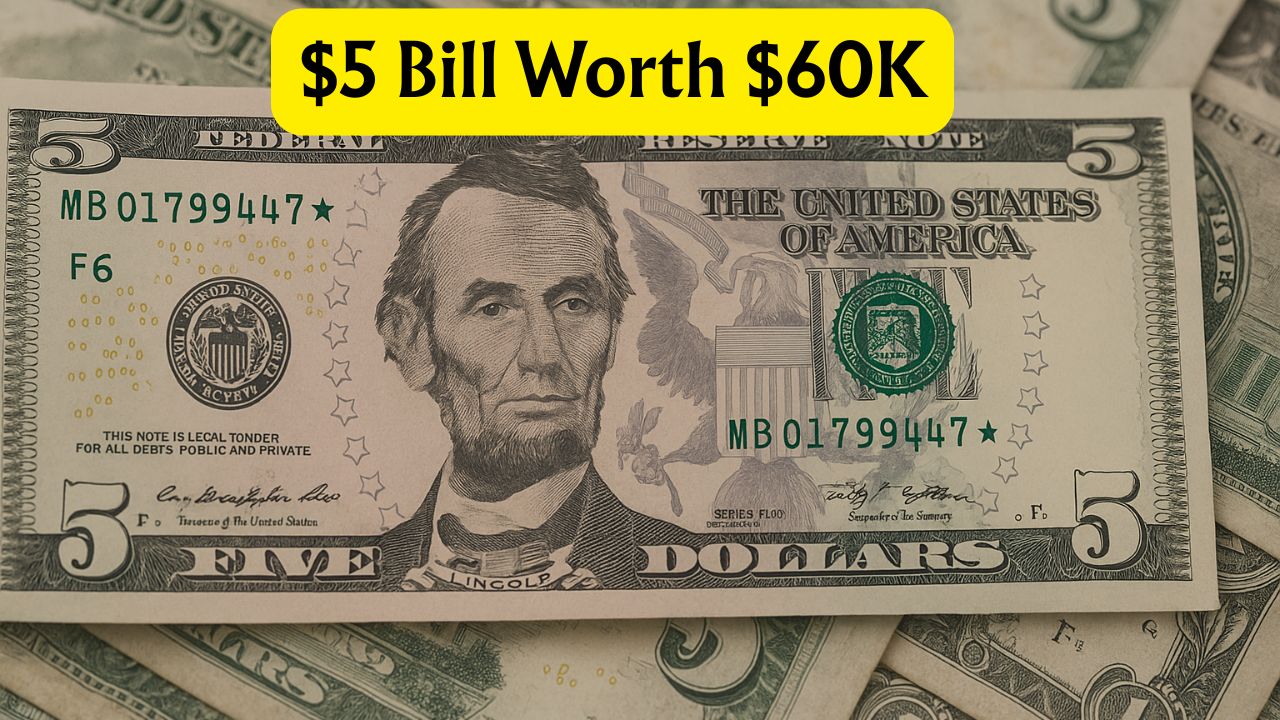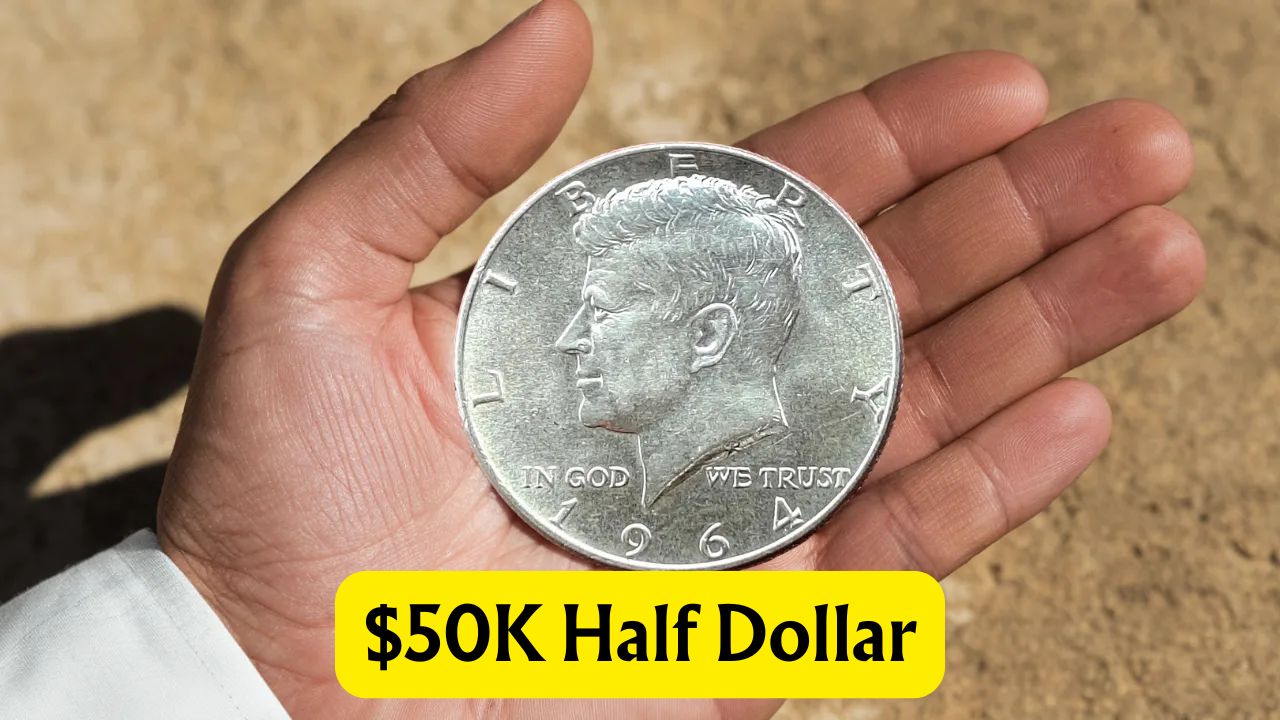1955 Lincoln Wheat Story – Sometimes history hides in the smallest places — like the bottom of an old coat pocket. That’s where one unsuspecting man discovered a simple copper coin: a 1955 Lincoln Wheat Penny. But this was no ordinary penny. Thanks to a rare minting error, that tiny piece of change turned out to be worth a staggering $775,000. This incredible story has stunned coin collectors and everyday folks alike, sparking new interest in what might be hiding in our wallets, jars, and drawers. In this article, we’ll explore the jaw-dropping story behind this rare coin, the fascinating error that made it valuable, and how you too might uncover treasure in your own pocket change. If you’re a fan of history, mystery, or just love a good old-fashioned treasure tale, read on — you’re about to discover a penny story like no other.
What Makes the 1955 Lincoln Wheat Penny So Valuable?
While millions of pennies were minted in 1955, only a few thousand had the one trait that makes them valuable — a doubled die error.
Key Features That Define Its Rarity:
- Doubled Die Obverse (DDO): A minting error caused the image and text on the front of the coin to appear doubled.
- Sharp and Visible Doubling: Especially on the words “LIBERTY” and “IN GOD WE TRUST”.
- Low Quantity: Estimated fewer than 20,000 coins were released with the error.
- Historical Value: Minted during a period of limited quality control after World War II.
- Highly Desired by Collectors: A well-preserved example is a crown jewel in any collection.
- Struck at the Philadelphia Mint: With no mint mark, adding to the uniqueness.
- Difficult to Find in Circulation: Most are now in private collections or auctions.
The Discovery That Shocked Everyone: Found in an Old Coat Pocket
This particular coin’s story is straight out of a movie. A man cleaning out his grandfather’s attic stumbled upon an old trench coat. Curious, he slipped his hand into the pocket and pulled out a coin stuck deep in the fabric — a 1955 penny.
 A Forgotten 1981 Susan B. Anthony Dollar Could Be Worth $880,000 — Is It Still in Your Change Jar?
A Forgotten 1981 Susan B. Anthony Dollar Could Be Worth $880,000 — Is It Still in Your Change Jar?
What Happened Next:
- He Recognized the Date and took a closer look.
- Googled the Coin: Realized 1955 Lincoln Wheat Pennies could be valuable.
- Noticed the Doubling on the letters and Lincoln’s profile.
- Visited a Coin Appraiser: Confirmed it was an authentic doubled die.
- Sent It to Auction: Final bid? A whopping $775,000.
This wasn’t just a financial windfall — it sparked nationwide media coverage and increased interest in coin collecting.
Doubling Down: Understanding the “Doubled Die” Error
To a casual observer, a doubled die might look like a blurry or poorly stamped coin. But in reality, it’s one of the most sought-after minting errors in numismatics.
What is a Doubled Die?
- Occurs During Hubbing Process: The die receives the design twice, slightly misaligned.
- Only on One Side: Usually the obverse (front) of the coin.
- Easy to Spot on 1955 Pennies: Especially in the inscriptions and Lincoln’s eye and nose.
- Valued for Clarity: The more pronounced the doubling, the more it’s worth.
Notable Examples of Doubling on the 1955 Penny:
| Feature | Normal Coin | 1955 Doubled Die |
|---|---|---|
| “IN GOD WE TRUST” | Sharp | Heavily doubled |
| “LIBERTY” | Clear | Distinctly doubled |
| Date (1955) | Even digits | Shadow-like doubling |
| Lincoln’s Profile | Smooth | Slight offset doubling |
How to Spot One in Your Own Pocket
Still think you’ll never come across a rare coin? Think again. Many collectors and even casual people have stumbled upon small fortunes in everyday places.
Where to Check:
- Old Piggy Banks
- Jars of Change
- Grandparents’ Drawers
- Estate Sales and Flea Markets
- eBay and Coin Dealers
What to Look For:
- 1955 Wheat Penny (no mint mark)
- Visible doubling on the front side
- Clean surfaces and sharp edges (value increases with condition)
- Copper appearance (not steel)
The Value Timeline: From 1 Cent to $775,000
Not all 1955 pennies are worth a fortune — condition matters a lot. Here’s a look at how different grades affect value:
Value Based on Coin Grade:
| Coin Grade | Condition Description | Estimated Value |
|---|---|---|
| Good (G-4) | Worn, but identifiable | $1,000 – $1,500 |
| Fine (F-12) | Moderate wear | $2,000 – $3,500 |
| Extremely Fine (EF-40) | Slight wear, details visible | $5,000 – $10,000 |
| AU (About Uncirculated) | Minor handling marks | $15,000 – $25,000 |
| MS-60 (Mint State) | Uncirculated, some flaws | $35,000 – $60,000 |
| MS-65+ (Gem Quality) | Perfect, sharp strike | $100,000 – $775,000 |
The story of the 1955 Lincoln Wheat Penny is a powerful reminder that history — and fortune — could be hiding in plain sight. A coin once thought worthless can be a financial game-changer under the right conditions. So, the next time you empty your pockets or clean out an old drawer, take a closer look at your pennies. You never know — you might be holding $775,000 in copper.
FAQs of 1955 Lincoln Wheat Story
Q1: How can I tell if my 1955 penny is the doubled die version?
A1: Look for clear doubling on the words “LIBERTY” and “IN GOD WE TRUST” — it should be very noticeable without a magnifying glass.
Q2: Is the 1955 doubled die penny the only valuable Wheat Penny?
A2: No, there are other rare Wheat Pennies like the 1909-S VDB and the 1943 Copper Penny worth thousands.
Q3: How many 1955 doubled die pennies exist today?
A3: It’s estimated that fewer than 10,000 authentic examples still exist, most in private collections.
Q4: Where can I sell a valuable coin like this?
A4: You can contact certified coin dealers, numismatic auction houses, or list it through reputable online auction platforms.
Q5: Are modern coins ever worth this much?
A5: Rare errors on newer coins can also be valuable, but older minting mistakes like the 1955 penny tend to be more sought-after.


